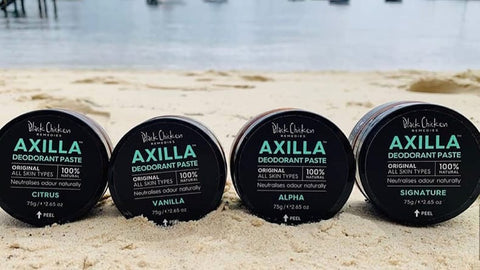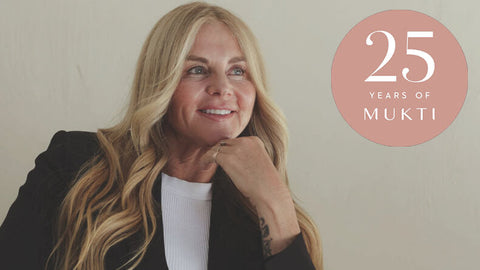For me that left me with nothing to use at all! My husband was not very excited when he went to get ready for work and there was no shampoo, soap, body wash, deodorant or shaving products left!
Luckily, it didn't take me very long to replace them all with natural body products and mostly that's what I blog about but I thought it would be handy to put together an easy toss-out list for you. Here are the ingredients I like to avoid:
Chemicals to Avoid in Beauty Products
Diazolindyl Urea - Potential cause of contact dermatitis (American Academy of Dermatology). May contain formaldehyde, toxic when inhaled.
Formaldehyde - AKA methylene oxide, oxomethane or methylaldehyde. Found to be a carcinogen, an allergen, skin irritant and potential cause of contact dermatitis, headaches and fatigue. The vapour can be extremely irritating to the mucous membranes of the eyes, nose and throat.
Imidazolindyl Urea - Potential cause of contact dermatitis by the American Academy of Dermatology. May contain formaldehyde.
Methyl, Propyl, Butyl and Ethyl Paraben - Used as inhibitors of microbial growth and to extend the shelf life of products for years. Potential endocrine disruptors that can (at certain doses) interfere with the endocrine (or hormone system).
Mineral Oil - A petroleum by-product that coats the skin like plastic, clogging the pores and interfering with the skin's ability to eliminate toxins, promoting acne and other issues. Slows down skin function and cell development, resulting in premature ageing.
Propylene Glycol (PG) - Another petroleum derivative. It penetrates the skin and can weaken protein and cellular structure. PG is strong enough to remove barnacles from boats. The Environmental Protection Authority (EPA) considers PG so toxic that it requires workers to wear protective gloves, clothing and goggles and to dispose of any PG solutions by burying them in the ground.
Phthalates - Commonly used as plasticisers in food wraps, soft plastics, and containers, as well as in products like hairspray, nail polish, and perfumes. Research suggests that phthalates can disrupt normal hormonal activity and may affect reproductive health.
Sodium Lauryl Sulphate/Sodium Laureth Sulphate - Used in car washes, garage floor cleaners and engine degreasers as a harsh cleaning and foaming agent. Also found in many mainstream cleansers, shampoos and other beauty products.
Synthetic colours - For example, FD and C Yellow No. 6. Synthetic colours may be made from coal tar. They contain heavy metal salts that deposit toxins onto the skin, causing skin sensitivity and irritation.
Synthetic fragrances - Fragrance on a label can indicate the presence of up to four thousand separate chemicals. Symptoms reported to the USA Food and Drug Administration (FDA) include headaches, dizziness, allergic rashes, skin discolouration, violent coughing and vomiting, and skin irritation.
Triethanolamine (TEA) - A highly acidic synthetic emulsifier. Cosmetics containing TEA have been found to be contaminated with nitrosamines, which may be carcinogenic.



